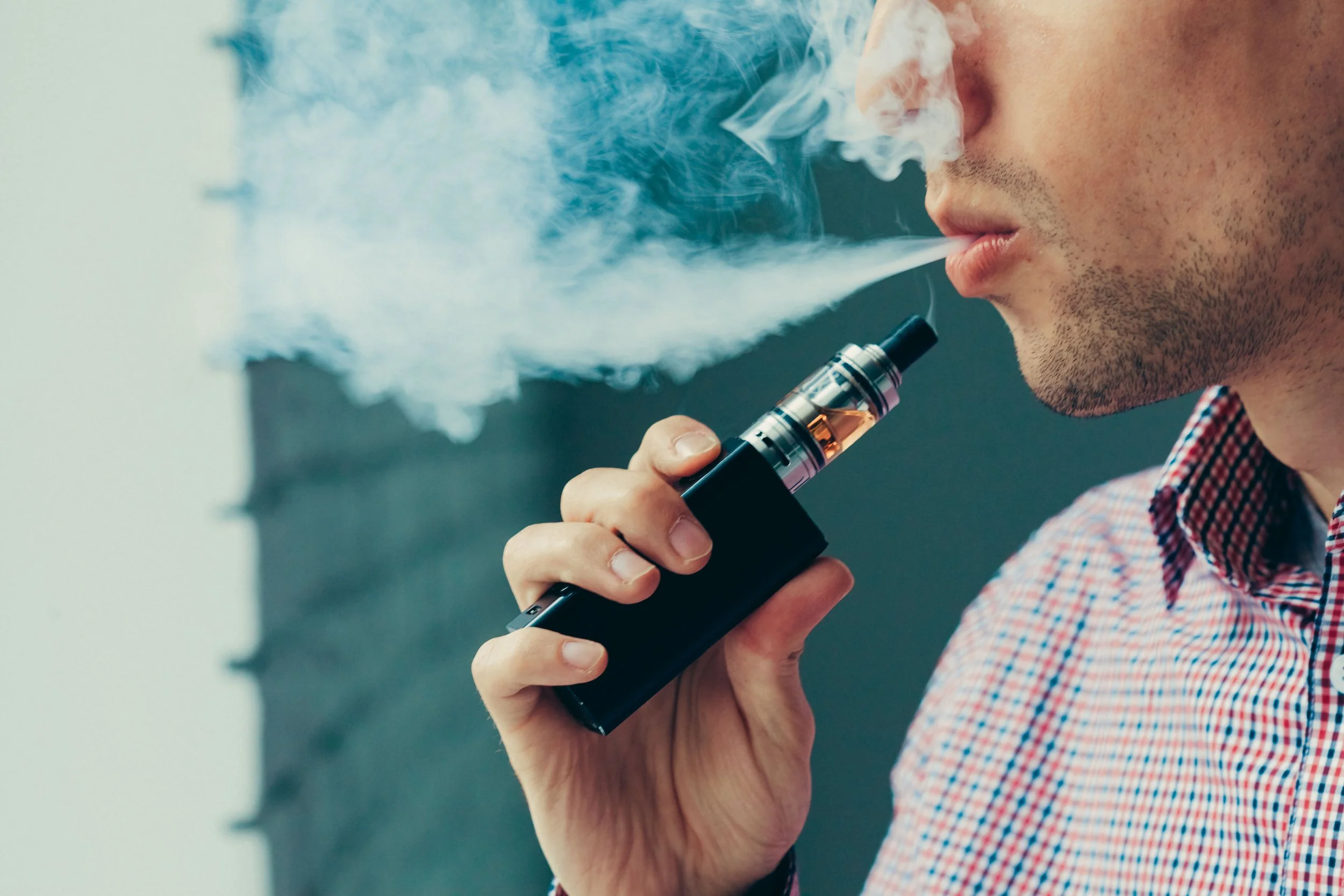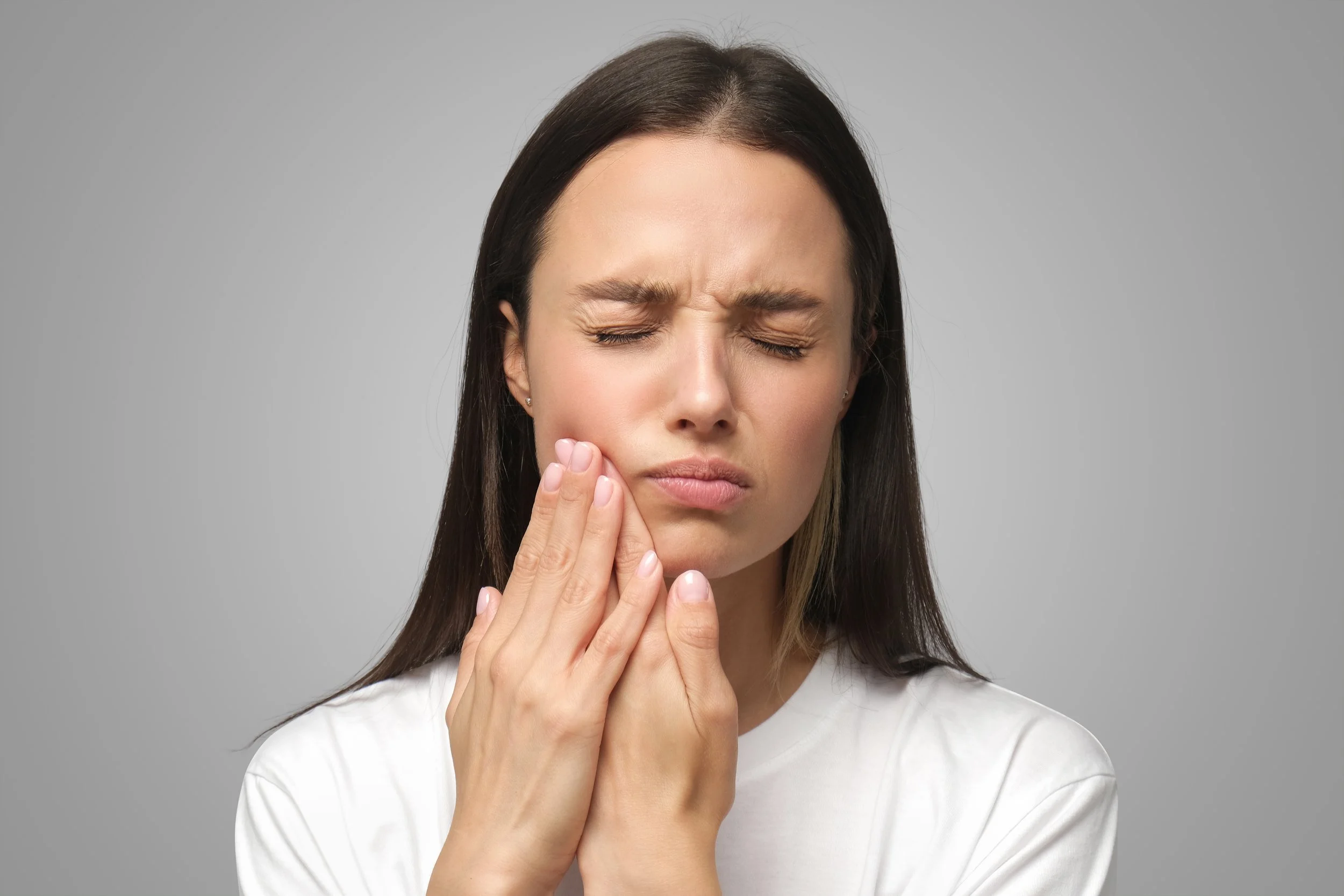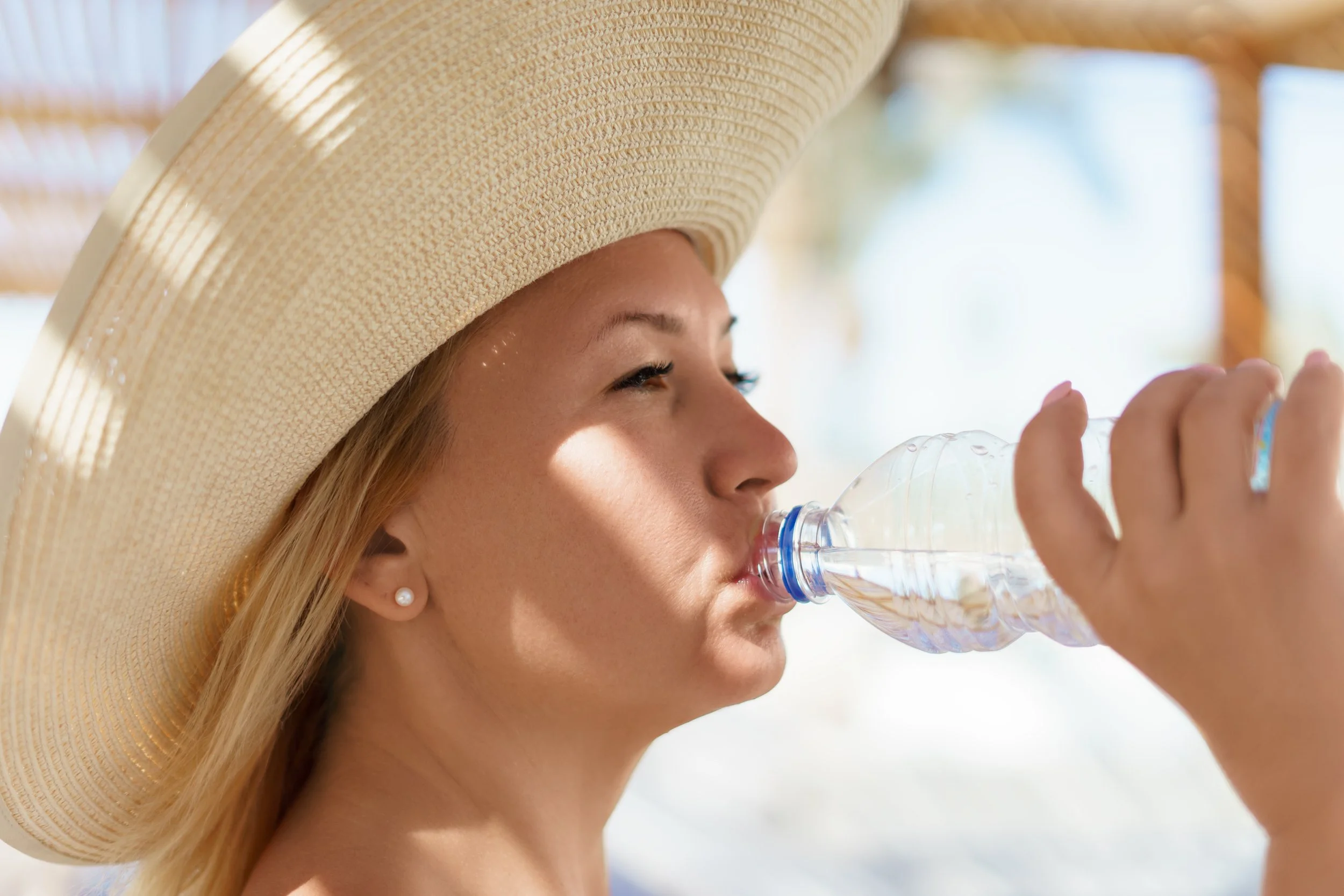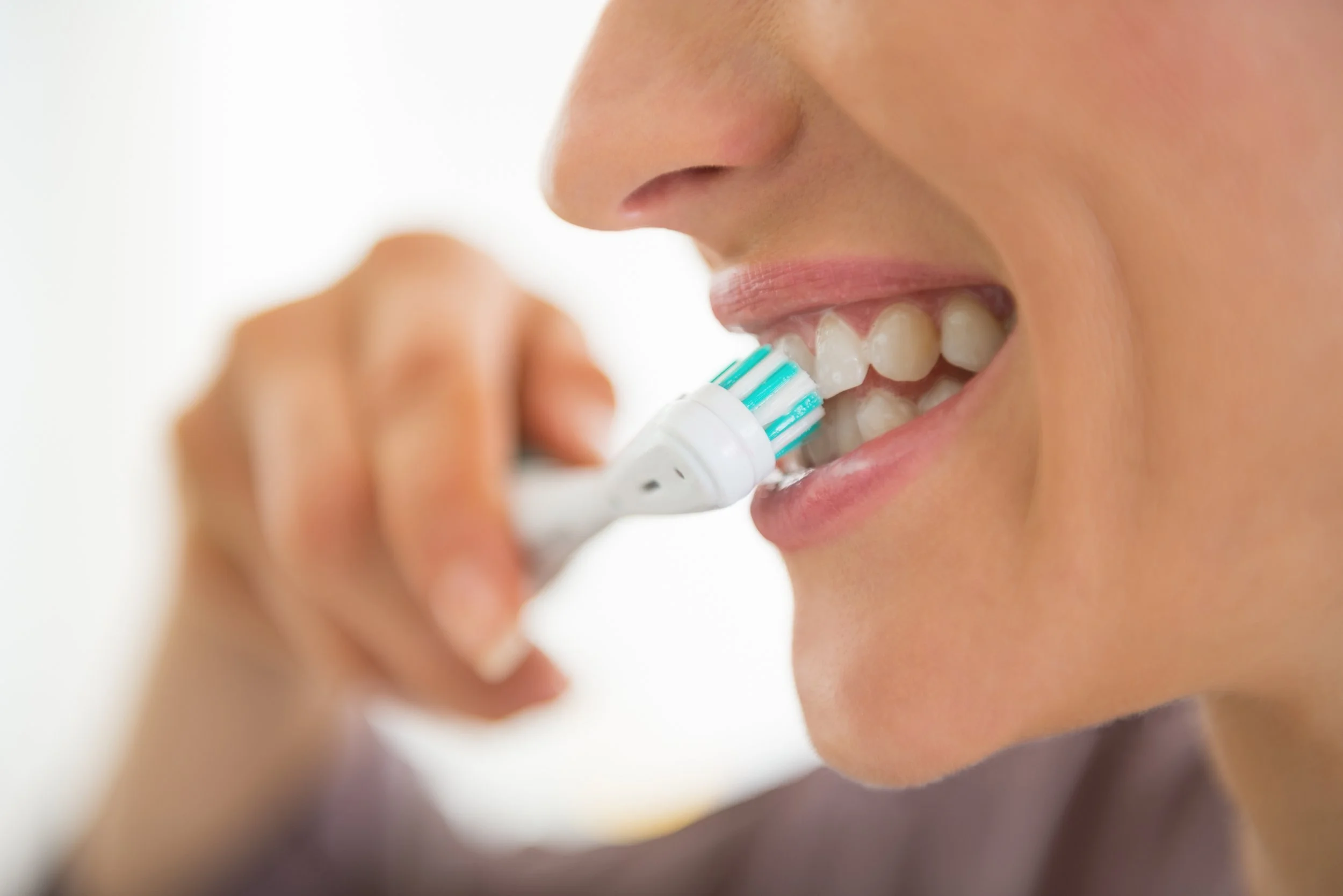WE ALL KNOW: Breathing provides our body with the oxygen it needs to survive. We also know what it’s like to have a cold, with a nose so stuffy that you can’t breathe through it. Breathing through the mouth only becomes necessary when we have nasal congestion due to allergies or a cold. When we are exercising strenuously, mouth breathing can help get oxygen to our muscles faster. But, there are many negative effects of mouth-breathing full-time, particularly if the habit begins in childhood.
Why Mouth-Breathing Is A Problem?
In the short term, mouth-breathing leads to a variety of issues, including:
Facial structure: mouth-breathing can actually lead the bones of the face to develop differently, yielding flat features, drooping eyes, a narrow jaw and dental arch, and a small chin, gummy smiles, dental malocclusion, including a large overbite and crowded teeth, poor posture. In addition children who breathe through their mouth often do not sleep well at night. Poor sleep may lead to: Poor growth, sleep disorders, inability to concentrate, poor academic performance.
Sleep apnea: the risk of sleep apnea goes up with mouth-breathing, and this can make it difficult to get a restful night’s sleep.
Orthodontic treatment: the narrowed dental arch of a chronic mouth-breather rarely has enough room for the full set of adult teeth, and this will require orthodontic treatment to correct.
In adults mouth breathing could cause:
Dry mouth: mouth breathing is very drying, which means saliva cannot wash bacteria from the mouth. Saliva is the first defense against the disease causing bacteria.
Bad breath: The dry mouth causes the odor causing bacteria to grow on the tongue and throat resulting in halitosis (bad- breath)
Periodontal disease: Saliva has a glue-like property to adhere chunks of food and bacteria colonies together and we swallow them. Lack of saliva causes these bacteria to grow more. This Results in the mouth being more prone to gum disease.
Cavities: Saliva also neutralizes the acidity in the mouth. Without the presence of saliva acid produced by the bacteria is not neutralized causing more cavities.
Wear: Saliva is also act as lubricant between the teeth. This lubricating property of saliva prevents teeth to wear down during normal chewing during the day and possible grinding of the teeth at night. In order to be able to breath, a mouth- breather moves his/her jaw forward during sleep because of the sleep apnea which results in more wear of the teeth.
Throat and ear infections: a mouth-breather is more prone to ear and throat infections because the mouth is more exposed to the air. The nose acts as an air filter.
High Blood Pressure: Mouth breathing may result in low oxygen concentration in the blood. This is associated with high blood pressure and heart failure. Studies show mouth breathing may also decrease lung function, and worsen symptoms and exacerbations in people with asthma.
The Benefits Of Nose-Breathing
Breathing through the nose doesn’t just help you avoid the effects of mouth-breathing; it comes with additional benefits too! Here are just a few of them:
The nose acts as an air filter, delivering clean air to the lungs and reducing the amount of allergens that get in.
Nose-breathing produces nitric oxide, which helps with oxygen absorption and sterilizes the air.
Nose-breathing strengthens the immune system by activating immunoglobulin production.
How is mouth breathing treated?
Treatment of mouth breathing depends on the cause. Medications like, antihistamine and nasal decongestants or over-the-counter steroid nasal sprays could help with nasal congestions. Adhesive strips applied to the bridge of the nose can also help breathing.
Need Help Building Healthier Breathing Habits?
If you or your child has a mouth-breathing habit, it can be tricky to break, especially if the cause is a physical obstruction that requires treatment. Schedule a dental exam right away so the cause can be detected and you can get on the road to healthier breathing and all the benefits that come with it!
We love our wonderful patients!
Top image used under CC0 Public Domain license. Image cropped and modified from original
The content on this blog is not intended to be a substitute for professional medical advice, diagnosis, or treatment. Always seek the advice of qualified health providers with questions you may have regarding medical conditions.











